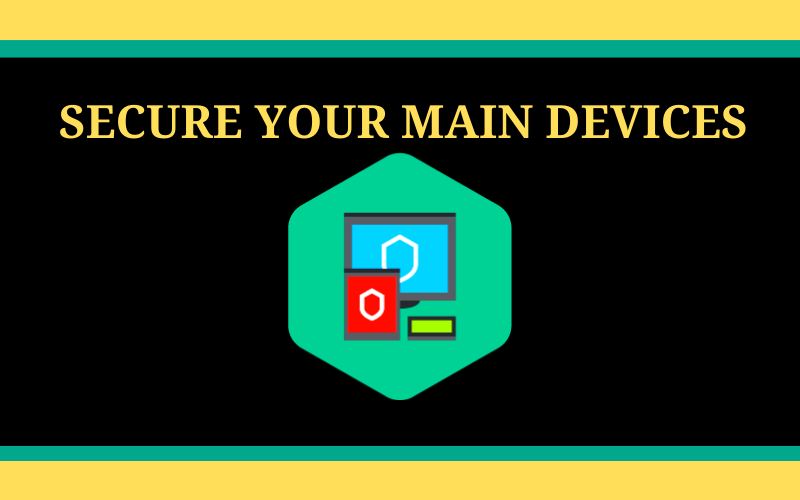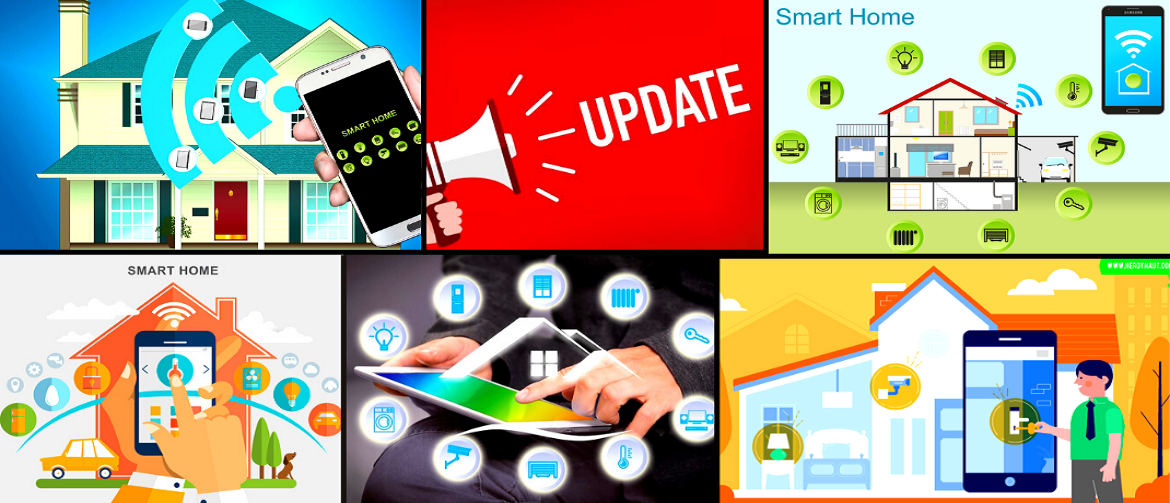Modern technology has completely transformed the modern home. We keep seeing more and more tasks being automated. We have smart appliances, AI assistants, smart surveillance systems, and the list keeps getting longer. This concept is known as the Internet of Things, or IoT.
Now, all these devices require a network connection to work, meaning they also pose a cybersecurity liability.
If you’re into gadgets and automation, you should know how to keep your smart home devices safe.
1. Make Sure Your Router Is Set Up Securely
Your router is the central data point that helps you connect all IoT devices to the internet. If it’s set up poorly, you risk letting strangers into your home by allowing them access to your devices.
First thing’s first – you need to make sure that your router is set up securely, both digitally and physically. Before you even plug it in, make sure that it’s positioned near the center of your home. You don’t have to do a perfect job at this, as long as you don’t put the router in a far corner somewhere.
Now, plug in the cables and access the router’s settings through a computer or a phone. Here, you can access everything your router has to offer. Some settings aren’t essential, but here’s what you must do:
- Pick a unique name for your router – leaving the router model name out in the open may be inviting for hackers.
- Enable encryption for your network – any form of WPA will work, with WPA2 being the best option until WPA3 becomes mainstream.
- Create a complex password – use a mix of lower and upper case letters, special characters, and numbers.
2. Secure Your Main Devices
Having a secure network for your IoT devices means nothing if you neglect cybersecurity on your computer and your phone. Since you control most IoT gadgets from these devices, you should keep them safe and sound.
A few things to consider:
- Protect your credentials, especially for apps you use to control your IoT devices
- Use anti-malware software and update it regularly (alongside your OS)
- Use a VPN – encryption will keep you safer on the internet
- Control the permissions you give to apps. No, your vacuum cleaner app doesn’t need access to your phone’s camera.

3. Designate a Network for IoT Devices
A properly set-up router will do just fine on its own, but there’s a way to make your IoT devices even safer. We’re talking about a separate network, on the same router, for your smart devices.
Most modern routers will allow you to create multiple networks, and you can do this as soon as you set up the router. Go to your router settings and create a new network, usually marked as a guest network. Rename it so you know it’s a network for smart home devices, and set a complex password for it.
Use this network only for your IoT devices, and use a separate network for browsing. This way, if you infect your mobile device or laptop with malware, it won’t spread to all of your IoT devices.
4. Keep Everything Updated
Update notifications may be annoying, but when it comes to smart devices and IoT gadgets, they’re crucial for security. Through firmware and software patches, IoT companies make sure that their products are safe from cyber threats.
This alone should be reason enough to keep up with updates. If there’s an auto-update option, turn it on.

5. Try To Stay Within The Same IoT Ecosystem
This is more of a piece of advice than a warning. Smart devices and IoT gadgets work better together if they’re made by the same manufacturer. They sync better and have a similar “vibe” to them. But, most importantly, staying within the same ecosystem lowers the chances of your IoT devices misbehaving.
You can’t turn back time to buy and match all IoT devices in your home. But you can plan ahead before your next big purchase.
6. Test or Disable The Features You Rarely Use
One of the best things you can do to improve your smart home is to cut down on what you’re not using. Or, if you want to leave yourself with the option to use something again, at least test it every once in a while.
Let’s say that you bought a smart juicer, used it over the summer, and forgot about it. You should either turn it off entirely or check if it’s working ok every few weeks. If you do decide to leave it on, remember to install updates if there are any.
7. Put Passwords Up Wherever Possible
Most IoT devices are controlled through an app on your smartphone. This isn’t bad per se, but if your network gets compromised, all of those devices go down with it.
Password protection won’t be offered as default on all IoT devices. So make sure to check the manual and see if you can turn it on manually. Remember – create a complex and unique password!
8. Stay Informed
If you decided to automate everyday stuff with IoT gadgets and devices, you probably already know this. But, for all the non-tech-savvy people out there, the amount of reading that comes with smart homes can be a bit cumbersome.
So, try making it a habit (let’s say once a month) to google your devices and smart home systems. Most likely, this process will last a few minutes. However, if some large cybersecurity flaw happens (and it does happen), you can react and prevent all sorts of damage.

Enjoy Your Smart Home
All in all, if you commit and set up your router and devices carefully, the chances of someone hacking into your smart home come close to zero. The tricky thing about cybersecurity is that there’s not much you can do once an attack has happened.
That’s why it’s important to work on prevention. Nothing big, just set up your router, create a network for your IoT devices, update regularly, and cut out what you’re not using.
Stay safe and enjoy your cyberpunk home!





Comments are closed.